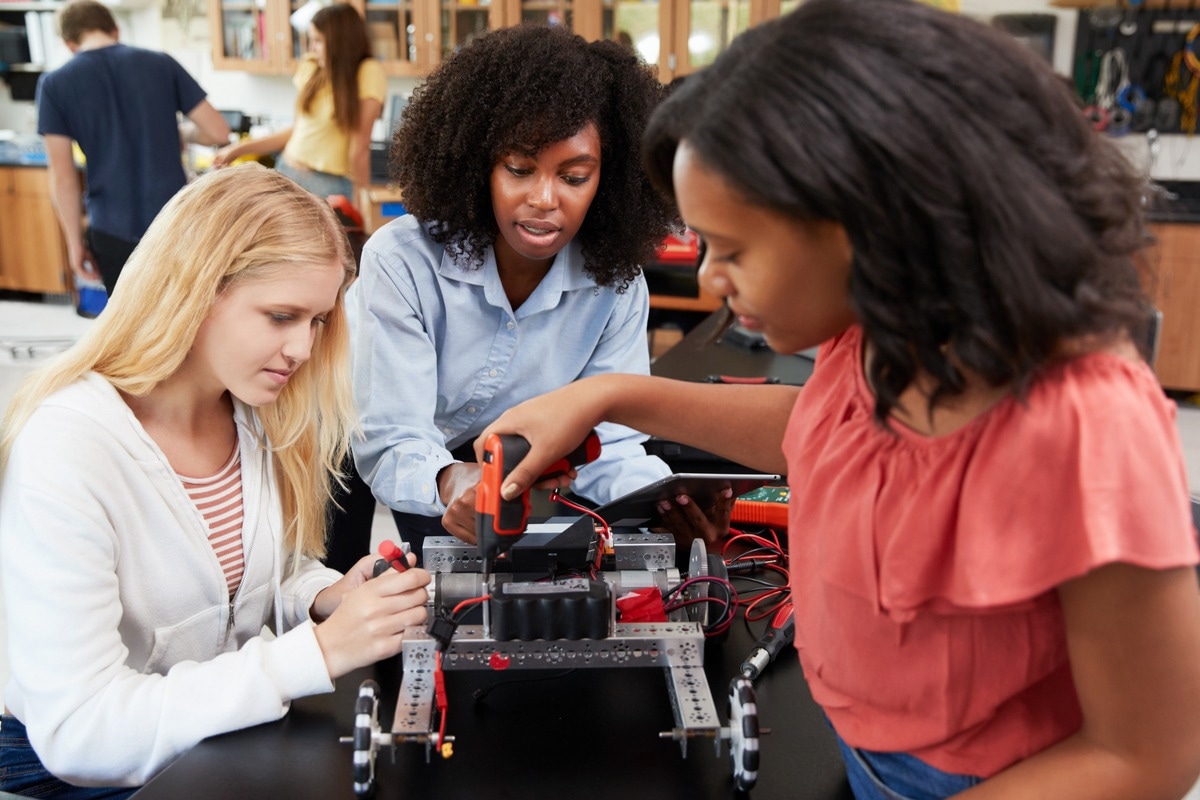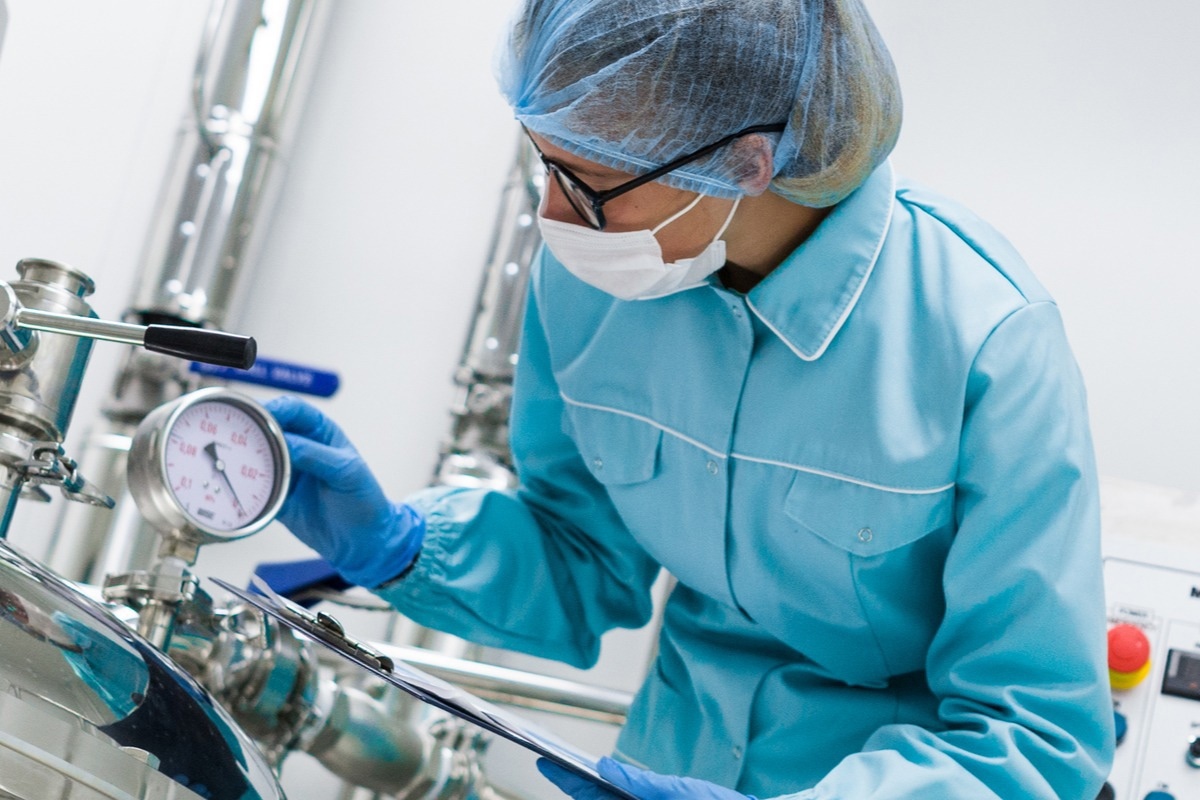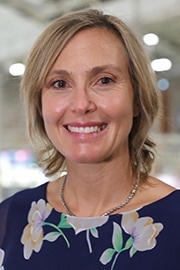Please can you introduce yourself, and tell us about your background in biophysics, neuroscience, and biomedical data science?
My name is Paula Petrone, and I am Argentine. I first studied physics, and then my career path turned to biophysics and the life sciences. For about ten years, I have been largely dedicated to biomedical data science, which is a field I love. Every day is different and each project offers a variety of challenges and opportunities to learn. During the influx of COVID, I started my own startup in biomedical data analytics, and I also started my own academic lab at ISGlobal. In my lab, we have several projects which address different biomedical problems such as COVID, malaria, Chagas, and mental health, dealing with different biomedical data, including imaging.
During SLAS Europe 2022 you are participating in a special session titled ‘Diversity, Equity, and Inclusion’. Can you give us a preview of what viewers should expect from this talk?
We are trying to discuss - and bring awareness to – the issue of inclusion in the workplace. We think it is a very important topic, particularly at this conference.
Essentially, we want to make people think about their work-life balance and the inclusion of different genders and backgrounds. I think that is very important. I am very proud of the organizers for having that session and that panel.
 Image Credit: Angelina Bambina/Shutterstock
Image Credit: Angelina Bambina/Shutterstock
What does each part of diversity, equity, and inclusion in the sciences look like to you personally?
I work in STEM, which encompasses data analytics, mathematics, and physics. Unfortunately, we do not get to see a lot of women in these careers. I also dedicate time to mentoring and influencing women in starting and ultimately leading in these careers because it is very important that we have that gender perspective in data science and STEM. That diversity in the workplace is important because we get to analyze data from a different viewpoint and interpret results diversely.
When we are talking about medicine, women are usually ignored in datasets. When you think about capturing data at the hospital, we hardly ever capture things like menopause or menstrual periods, so that is an area in which I think women can really contribute, particularly to the type of questions that we ask and the way that we analyze the data, as well as the decision-making that we do.
According to the United States Census Bureau, 27% of the STEM workforce in 2019 were women, an increase of 19% since 1970. Why is it important that we continue to encourage diversity in the STEM fields?
First and foremost, it is important to note that 27% is not that much, especially when you think that today, many STEM university careers are increasing the number of female students, reaching 50% in some programs. The question is, then, what happens after education: where does the inequality come from?
One of the main things I think about is the coincidence between one of the most productive stages of a woman’s career and their reproductive cycle: women between the ages of 30 to 40 are often in a stage when they get to learn a lot and escalate in the leadership ladder, but it might also coincide with a time when many women think about beginning a family and often need or want to take time off work. This means that there can be challenges for women who want to progress in both.
The other reason I think women are often denied leadership roles is the prevalence of gendered stereotypes and how that impacts workplace roles. From the time we are children, women are encouraged not to misbehave and to be obedient in every aspect of our lives.
This means that ambition and a healthy drive to succeed professionally can be misconstrued by society or interpreted negatively – which can detrimentally impact how women progress.
Traits like this are essential for anyone to succeed in a leadership position – so it is important that we create an environment that fosters and influences female behavior to allow women to obtain those higher up-positions. To be a game-changer, sticking to the status quo is not always productive.
 Image Credit: Monkey Business Images/Shutterstock
Image Credit: Monkey Business Images/Shutterstock
Why do you believe there is ongoing under-representation and inequity in STEM subjects during higher education, as well as for individuals wanting to enter the STEM workforce?
This can be answered in two halves. The first half is the absence of role models for many women. Science – specifically, leadership in STEM careers - is dominated by white men. This means that many people do not get to see themselves represented in this area.
The more women that we see in leadership positions, the better the diversity of leadership roles will be for the new generations to come. That is why, in Barcelona, where I live, I am an organizer for the Barcelona chapter of Women in Data Science, an annual conference for women in data science and STEM careers. Women in Data Science or WiDS is a conference that aims to inspire, educate and support women in data science all over the world. Organized for the first time by Stanford University in 2015, it turned into a worldwide conference in more than 60 countries.
The other part is inclusive job positions. What happens is that usually, people advertise for jobs using non-inclusive language. That is a problem because research shows that women do not tend to want to apply for positions that request ‘proficiency’ in this topic or ‘high expertise’ in other topics. Historically, women are inclined to apply for jobs that emphasize ‘nurture,’ ‘cultural development,’ ‘personal developments,’ ‘work-life balance’ and ‘opportunities to learn.’
This can be attributed to the fact that, as I said, women have not, by tradition, been encouraged to be ambitious or to think that they can do everything. This means that those people tend to have a lower level of self-confidence when it comes to applying for a job.
Positions that actively encourage women to apply - even explicitly in the text – are a good step to increasing the diversity and the gender balance in many STEM workplaces.
How do you believe society can improve the inclusivity and representation of marginalized groups in STEM, and what can we do to further diversify the sciences as a whole?
I think it is essential to have the conversation in a balanced way. There is a prevalent culture now – termed ‘cancel’ culture – which means that when there is a great deal of discourse about something, people become tired of it and begin to reject the topic.
Inclusion and diversity also include the important aspects of men wanting to have work-life balance and be present at home, particularly when it comes to child-rearing. It is important to have a new gender-neutral conversation that is not just focused on women and different ethnic groups but also focuses on men and their role in the workplace as a whole. Having a well-balanced conversation where everybody is included is the path to improving inclusion and diversity.
There have been enormous breakthroughs in the life sciences in the last decade. How do you believe technology has transformed research in the life sciences during this time, and in what areas do you believe the biggest advances have been?
My field is in data science and artificial intelligence, so I will focus primarily on the promise of AI in the life sciences. There is a huge amount of opportunity, but at the same time, we have to also consider that these technologies are a little over-hyped. I am not sure that the public actually knows the limitations of AI in the life sciences - we tend to perceive that computers think by themselves.
There are a lot of unsolved challenges, and I think there is a gap between what we develop in the academic sector and what is actually deployed at the clinic or in the industry sector. This means that there is a gap in our research and a disparity as to how that research is translated into technology. I think there is a lot we have to do. The potential is huge, but also we have to manage our expectations and be realistic as to what we can do and what we will do.
 Image Credit: Jasen Wright/Shutterstock
Image Credit: Jasen Wright/Shutterstock
Do you believe there are any limitations to the use of technology in the life sciences? How can we combat these challenges?
AI and data science at this moment in time is very well developed. The algorithms that we have and that we are working on are very much advanced, but the huge challenge comes from the availability of data. This is something that people do not discuss enough. Data access and data generation is huge, but the quality of data and data access is not always at hand.
I think when we want to develop algorithms on patient data or clinical data, we do not usually have very good data sets. Companies now realize that they have to keep their data in good condition. So, my advice to companies and startups is that they should really work on how they will acquire the data and how they share that data.
Looking ahead, are there any areas of technology you’re excited to see excel in the next ten years?
When it comes to the topic of AI and deep learning, my particular area of interest is focused on biomedical imaging. I think that there are a lot of images out there that come from patients from microscopy. In my lab, for instance, we are developing a very strong line of research to analyze and get the best out of these imaging data.
What’s next for you? Are you currently involved in any exciting upcoming projects?
There are several projects at the lab which are related to the analysis of images to understand why we age. We are looking at stem cells with microscopy and understanding the differences between young cells and old cells to really understand how we can reverse the aging process in the lab.
We are also working with neglected diseases, like malaria and Chagas. I think there is a huge opportunity in the academic sector to work on these largely forgotten diseases of the developing world.
What are you excited about for SLAS? What are you looking forward to most about the next couple of days?
I am very excited about meeting people, sharing ideas, and making new connections. This is one of the first conferences I have attended after the pandemic. I am really excited. It feels like coming back to life after recovering from these two years.
Where can readers find more information?
About Paula Petrone
Paula Petrone is Associate Professor at ISGlobal and leads the Biomedical Data Science team whose focus is the development of algorithms applied to early diagnosis, risk assessment and treatment of chronic diseases, mental health and neurodegeneration, h ealth informatics, wearable health devices and medical imaging. She completed her undergraduate degree in Physics at the Balseiro Institute in Argentina. She holds a Ph.D. in Biophysics from Stanford University.
ealth informatics, wearable health devices and medical imaging. She completed her undergraduate degree in Physics at the Balseiro Institute in Argentina. She holds a Ph.D. in Biophysics from Stanford University.
Her field of expertise is data analytics at the intersection of chemistry, biology and medicine, and machine learning. As a postdoctoral researcher at Novartis NIBR, and later as a senior data scientist at Roche, she has developed several machine learning models applied to drug discovery and high throughput screening.
Her postdoctoral work in neuroscience at the Barcelona Brain Research Center combines imaging and machine learning to predict Alzheimer's disease before the onset of cognitive impairment.
In recent years, she has served as a data science advisor for pharmaceutical companies and biotech startups. In 2020, she founded the startup Phenobyte Life Sciences specialized in the application of artificial intelligence in the biotech and digital health sectors.
Co-ambassador of WiDS (Women in Data Science, Stanford, 2021-2022) for Barcelona, Dr. Petrone is a strong advocate for diversity in STEM careers.
She is also engaged in raising public awareness about the opportunities and limitations of applying AI and technology in healthcare. She is an author of several scientific publications, speaker, mentor and mother of two children.